Education overview
Education is vital to meeting the Sustainable Development Goals
Every child learns. The Sustainable Development Goals are interdependent and achieving SDG4 – ensuring inclusive and equitable education for all by 2030 – will have transformative effects on other goals. SDG4 spans a spectrum of education levels, from pre-primary to youth and adult education. It emphasizes learning outcomes, skills acquisition, and equity in both development and emergency settings. UNICEF advocates high-quality, child-friendly basic education for all, in line with the ambition of the Global Education 2030 Agenda. To meet the vision brought forth by the Education 2030 Framework of Action and SDG4, UNICEF released its own Education Strategy 2019–2030, ‘Every Child Learns’, outlining three distinct goals: (1) Equitable access to learning opportunities; (2) Improved learning and skills for all; and (3) Improved learning and protection for children in emergencies and fragile contexts.
Education data
Resources

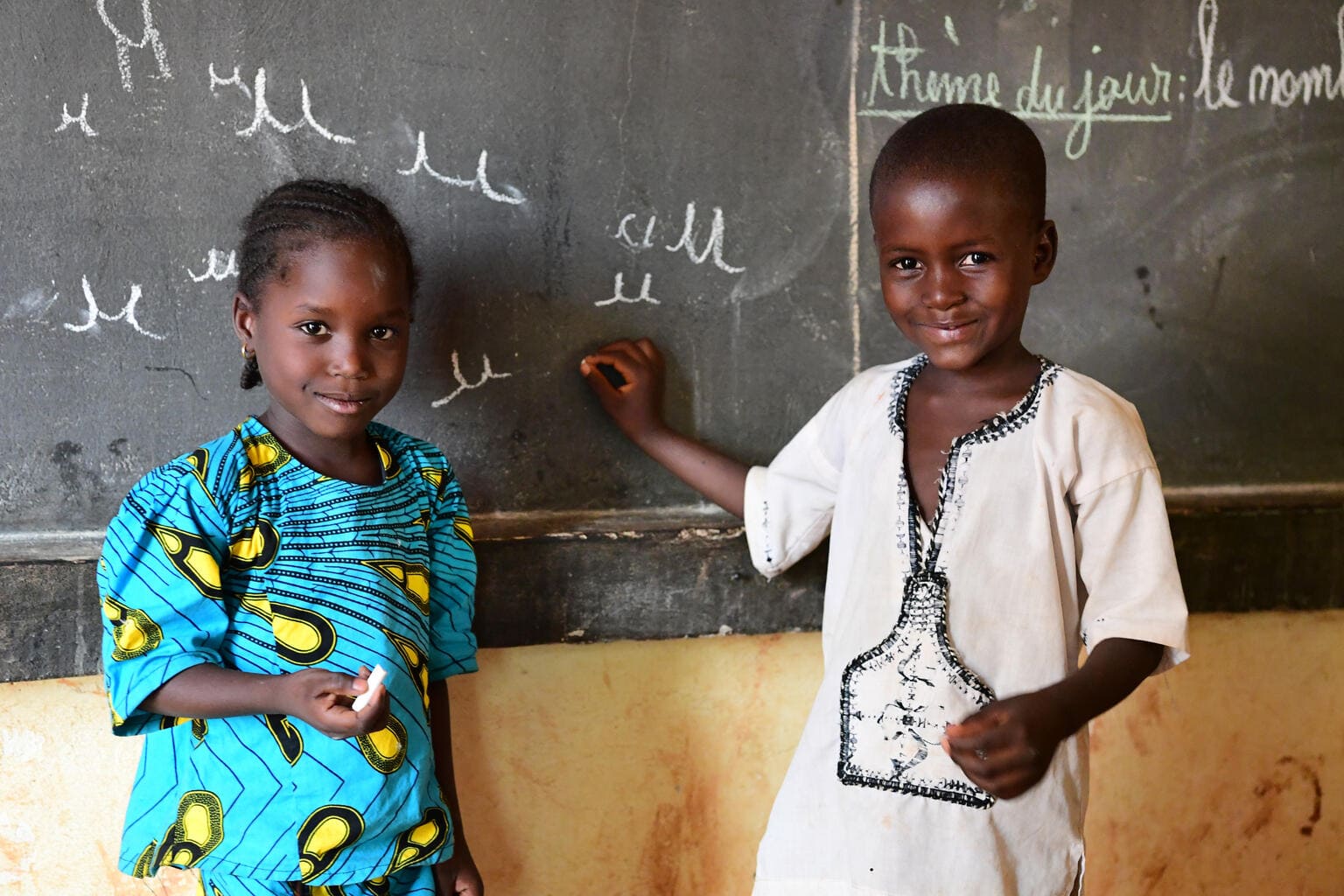


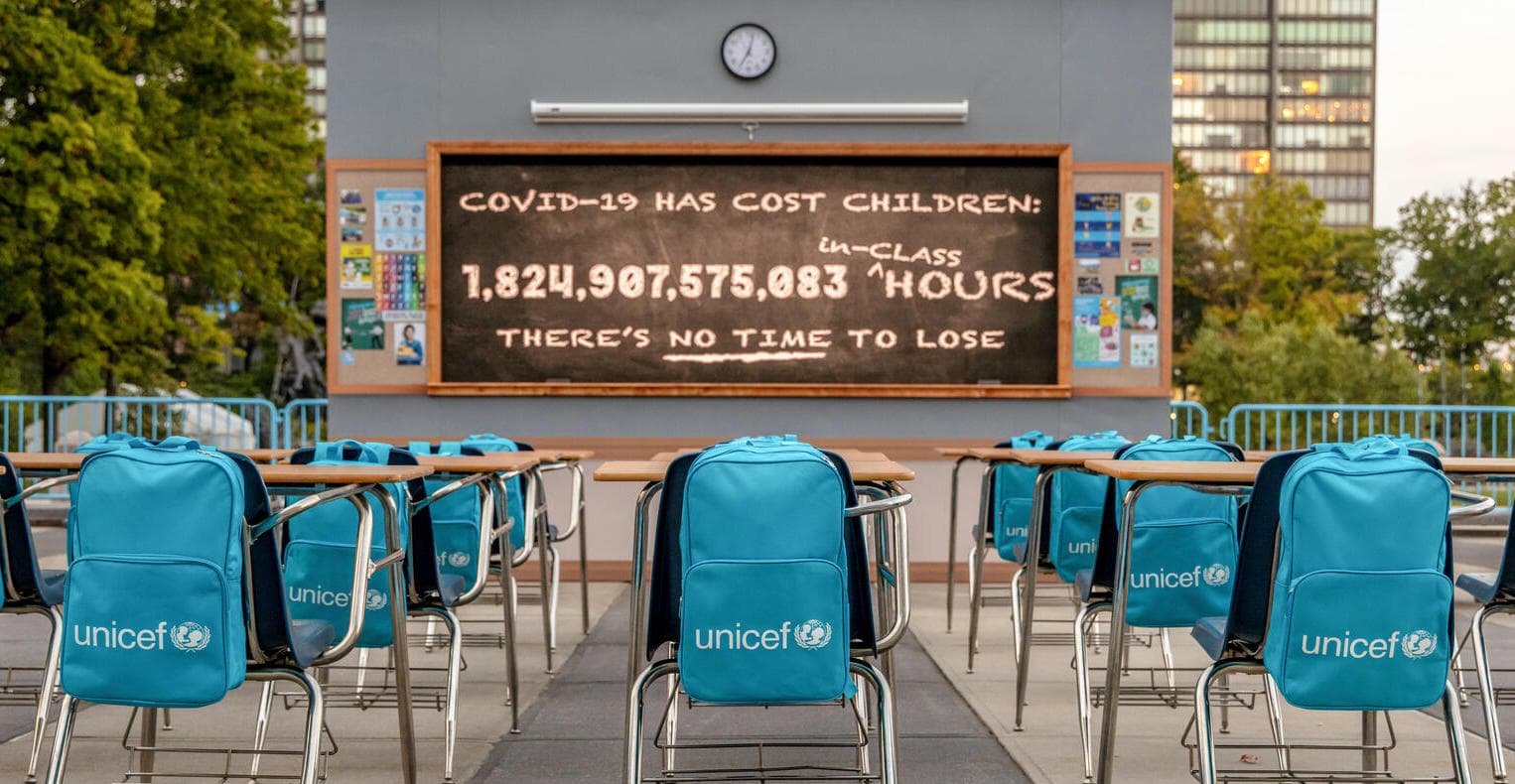
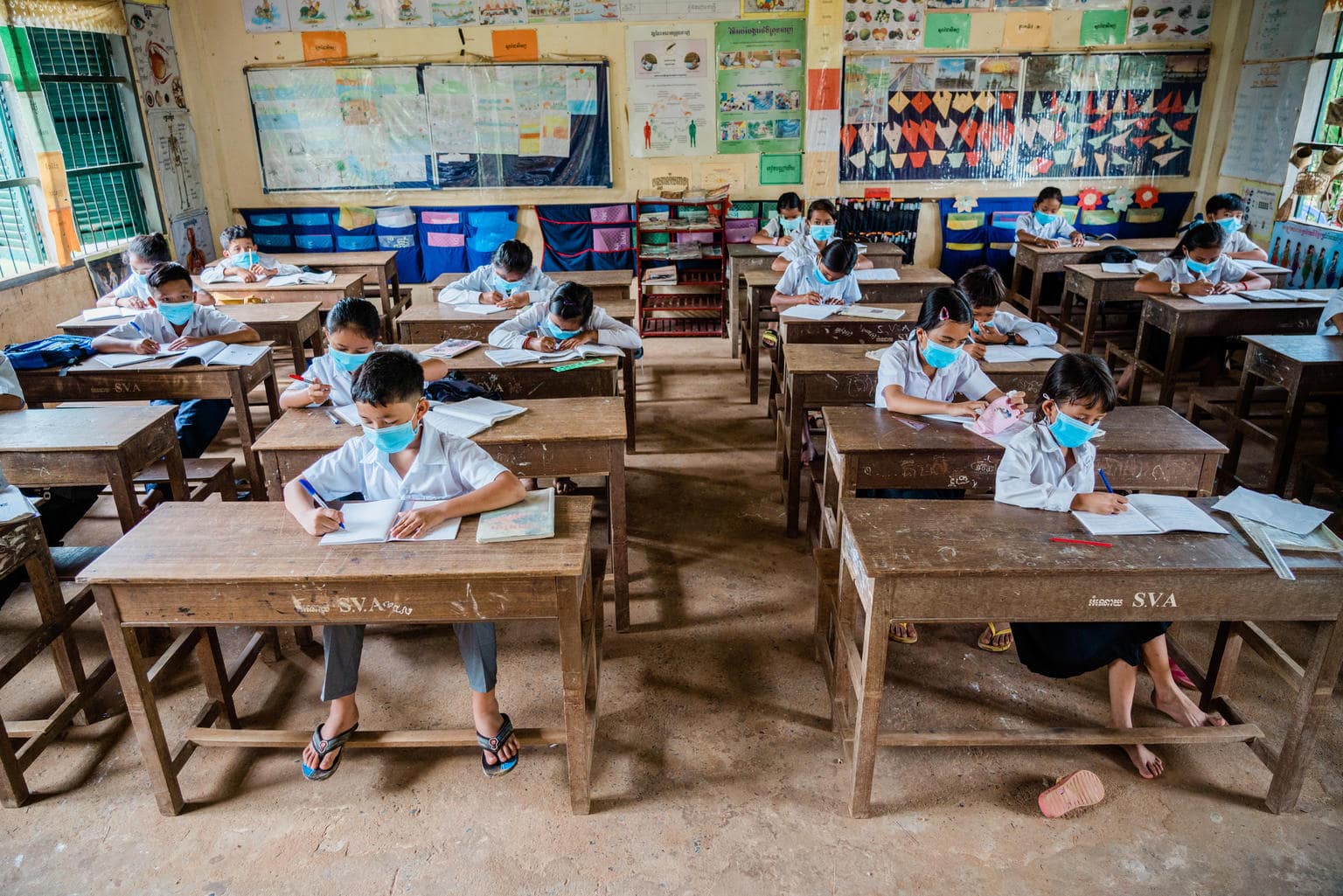
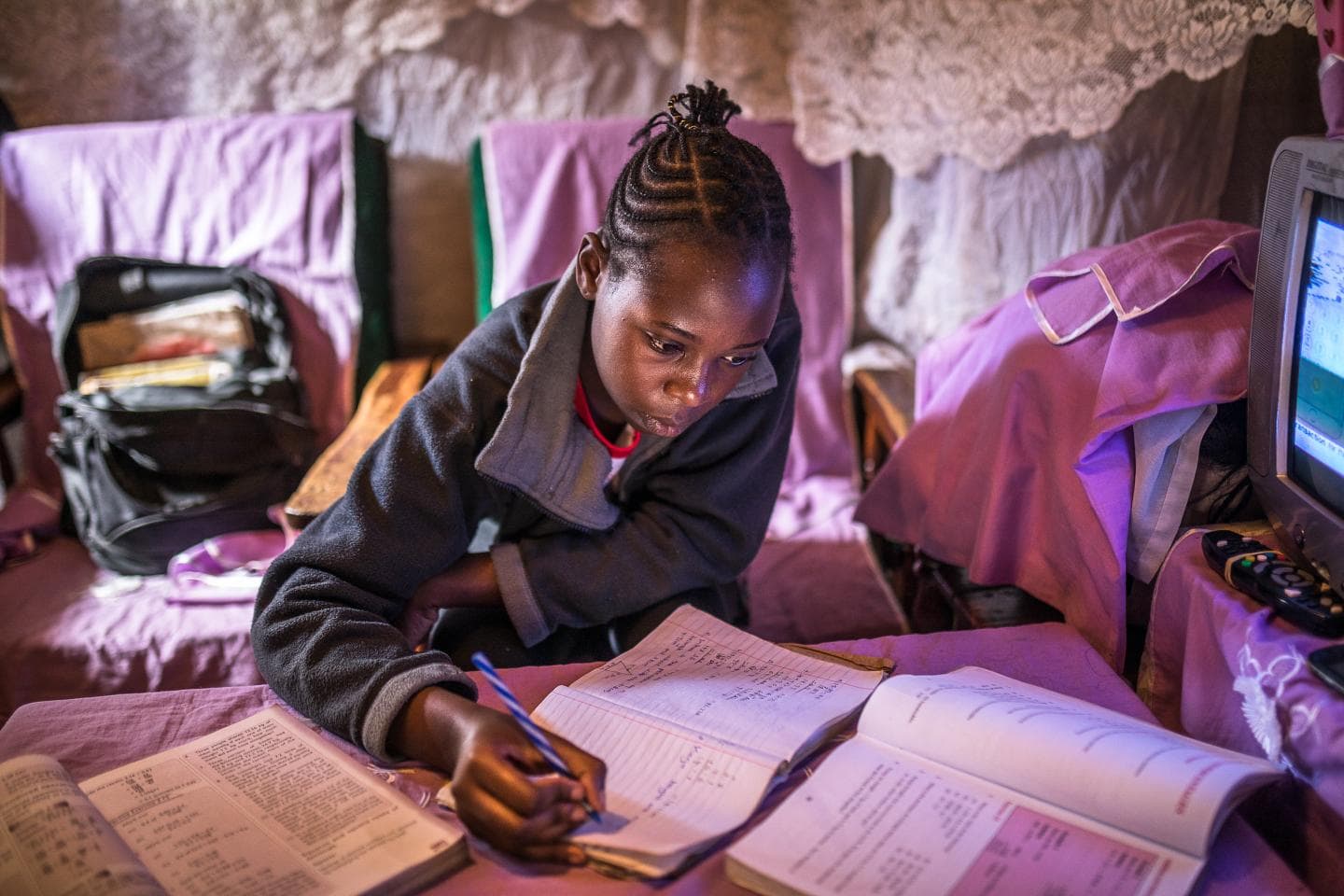
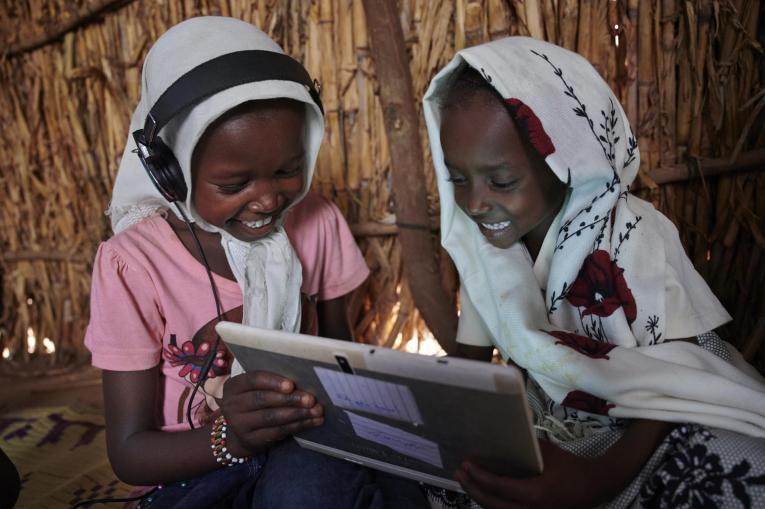


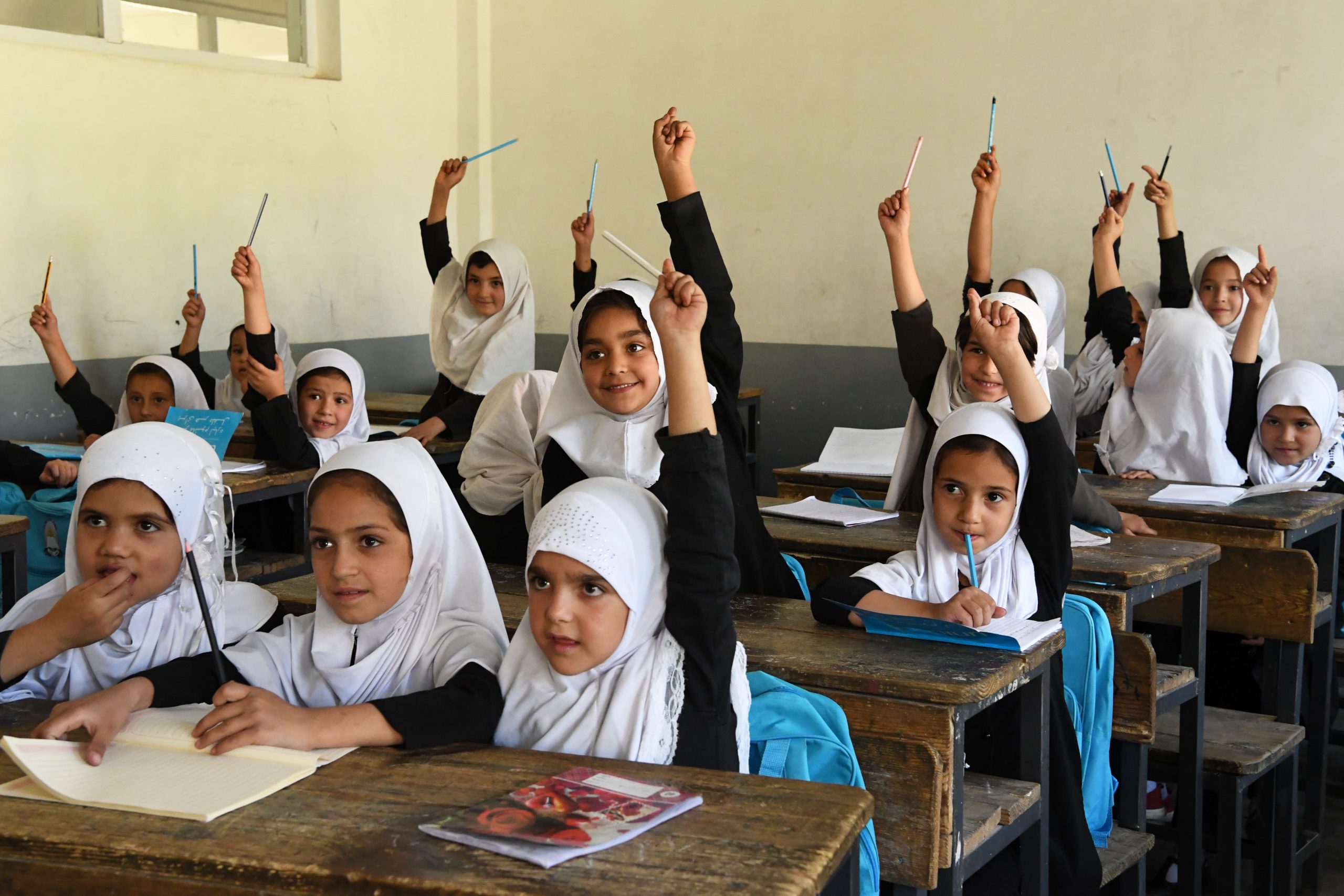


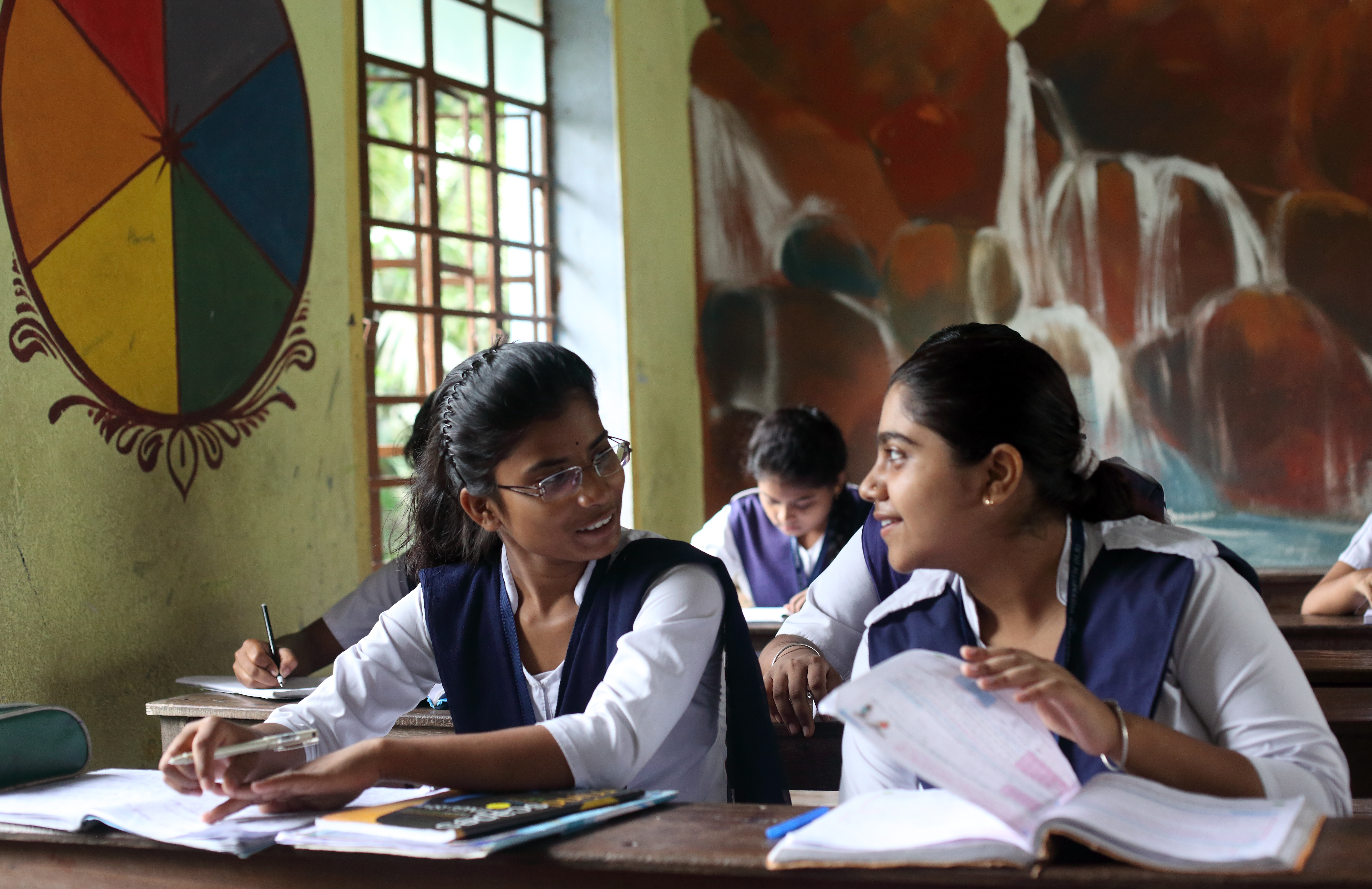

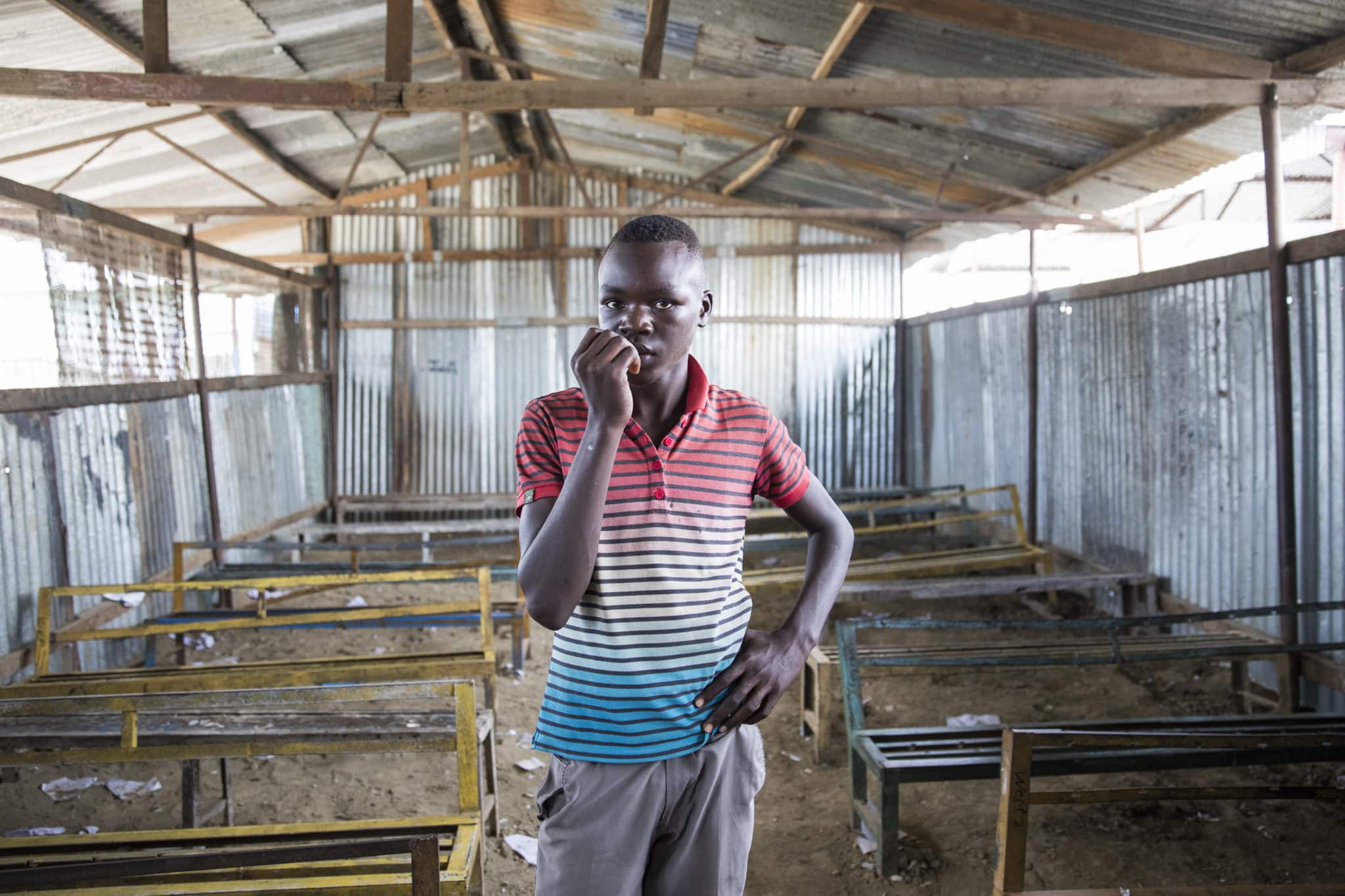



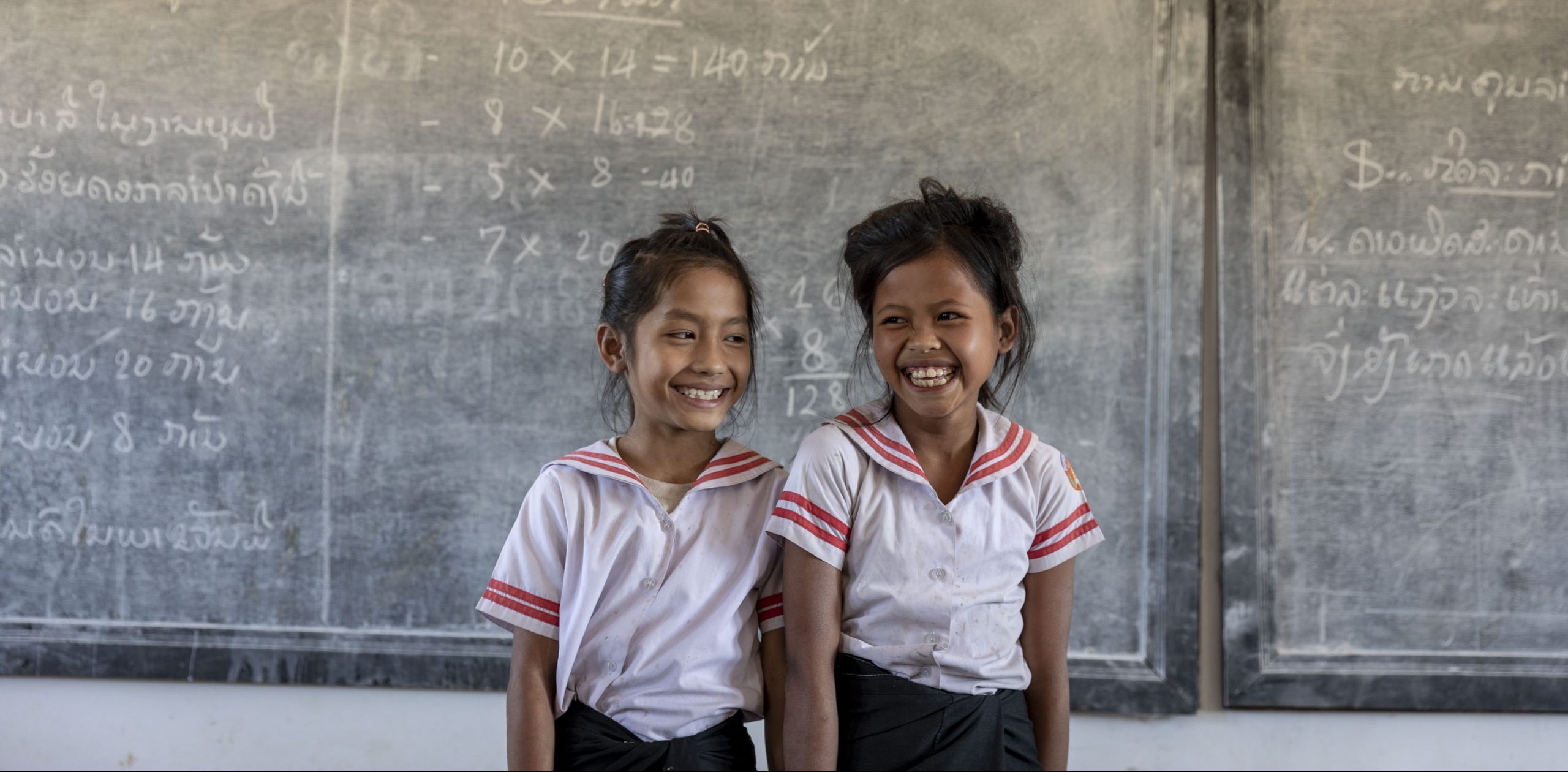
Notes on the Data
Definition of indicators
Gender parity index – The ratio of female-to-male values of a given indicator. A GPI of 1 indicates parity between the sexes.
Literacy rate – Total number of literate persons in a given age group, expressed as a percentage of the total population in that age group. The adult literacy rate measures literacy among persons aged 15 years and older, and the youth literacy rate measures literacy among persons aged 15 to 24 years.
Out-of-school population – Total number of primary or lower secondary-school-age children who are not enrolled in primary (ISCED 1) or secondary (ISCED 2 and 3) education.
Pre-primary school gross enrolment ratio – Number of children enrolled in pre-primary school, regardless of age, expressed as a percentage of the total number of children of official pre-primary school age.
Primary school gross enrolment ratio – Number of children enrolled in primary school, regardless of age, expressed as a percentage of the total number of children of official primary school age.
Primary school net attendance ratio – Number of children attending primary or secondary school who are of official primary school age, expressed as a percentage of the total number of children of official primary school age. Because of the inclusion of primary-school-age children attending secondary school, this indicator can also be referred to as a primary adjusted net attendance ratio.
Primary school net enrolment ratio – Number of children enrolled in primary or secondary school who are of official primary school age, expressed as a percentage of the total number of children of official primary school age. Because of the inclusion of primary-school-age children enrolled in secondary school, this indicator can also be referred to as a primary adjusted net enrolment ratio.
Secondary school net attendance ratio – Number of children attending secondary or tertiary school who are of official secondary school age, expressed as a percentage of the total number of children of official secondary school age. Because of the inclusion of secondary-school-age children attending tertiary school, this indicator can also be referred to as a secondary adjusted net attendance ratio.
Secondary school net enrolment ratio – Number of children enrolled in secondary school who are of official secondary school age, expressed as a percentage of the total number of children of official secondary school age. Secondary net enrolment ratio does not include secondary-school-age children enrolled in tertiary education, owing to challenges in age reporting and recording at that level.
Survival rate to last primary grade – Percentage of children entering the first grade of primary school who eventually reach the last grade of primary school.